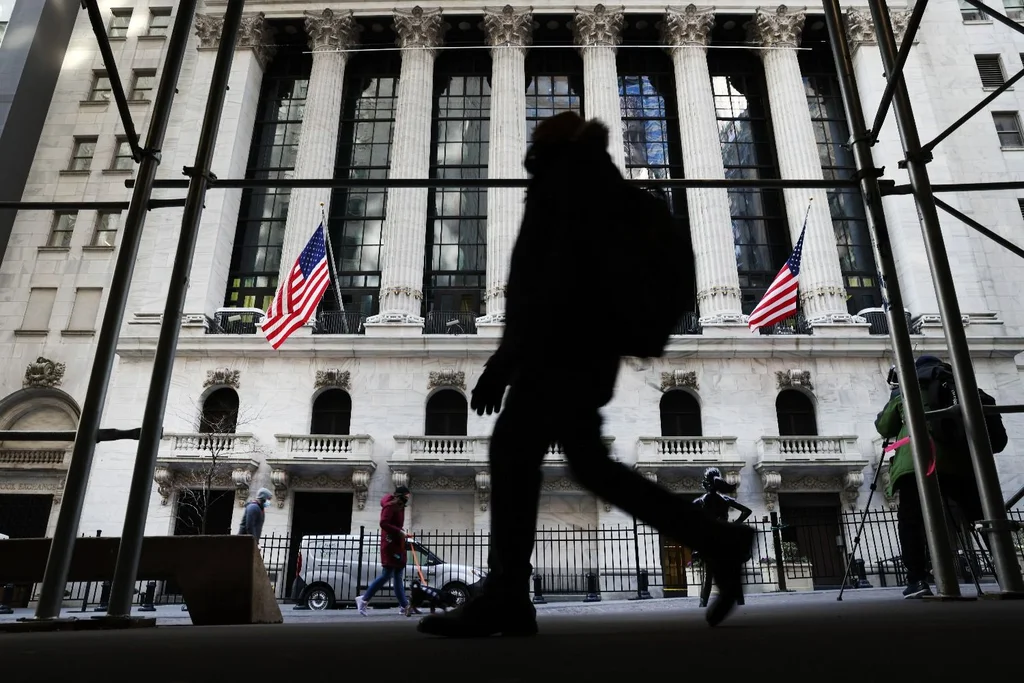“Juan asked the bank for a loan of US$50,000. Juan must repay the loan in 5 years in installments at an interest rate equal to the average rate published by the BCU (Central Bank of Uruguay) plus a margin of 5%. The average rate published by the BCU on the day the loan is signed is 5%, so the effective interest rate is 10% In the second year of the contract, the average rate published by the BCU becomes 5.5 %, so the effective rate becomes 10.5%. In the third year, the BCU stops publishing the average interest rate. Juan does not know what is the interest rate that he has to pay. He asks the bank, but the bank’s account officer isn’t sure either. What happened to Juan and the bank is about to happen all over the world: the disappearance of Libor”. This is how the consulting firm Ferrere exemplified in a report the implications of the discontinuation of the iconic London tax.
What is the Libor rate?
The London Interbank Offered Rate (Libor) It was in 2018, according to PwC, “one of the most used reference interest rates, being defined as such by countless international contracts, which are measured in billions of dollars in all currencies of the world. Is about the variable rate at which the various banks in London are willing to lend money to each other.
The Libor rate was officially inaugurated in 1986. Since then, “it is a rate that has a phenomenal scope, which is used for all types of financial transactions, from a mortgage loan, a line of credit from a company or between two banks”, explained a report from the study Guyer & Regules.
pixabay
The River Thames and the financial heart of London
The disappearance of Libor
The regulator in England (the Financial Conduct Authority) announced the disappearance of Libor in 2017. “Libor has not disappeared yet,” said Guzmán Rodríguez, a partner at Guyer & Regules. “What happens is that Libor is published in many terms and on December 31, 2021, two of those terms were stopped being published, which are the least used, which are 1-week Libor and 2-month Libor. But the other Libor deadlines are still in force and will be in force until June 30, 2023,” the lawyer clarified.
According to the work of Guyer & Regules, what the regulators and the ARRC (Alternative Reference Rates Committee) advised in the process of Libor’s disappearance is to stop lending at Libor now, so that, by June 2023, there will be few signed contracts that reference Libor.
Why the emblematic rate will disappear
Libor was marked forever by manipulation scandals Discovered during the 2008 financial crisis: London banks had been publishing their rates at will to influence Libor and favor certain trades tied to the benchmark rate.
But beyond the scandal, Libor had a flaw that made some specialists begin to question it.
“The reason why Libor might not reflect market reality is the inherent fragility of Libor known as the ‘inverted pyramid’ phenomenon‘” he told The Observer the specialized lawyer Guzmán Rodríguez, partner of Guyer & Regules.
“The inverted pyramid means that Libor is determined based on interbank transactions reported by a group of banks, but those banks have little trading volume compared to the amount that is traded with reference to Libor”, Rodriguez said. The lawyer stated that international studies estimated US$ 200 billion (that is, millions of millions) that used Libor as a reference, when there were only US$ 1,000 million traded in interbank operations that made up the rate.
SOFR: replacement option
According to the Guyer & Regules report, in 2014 a private sector group was formed —under the organization of the New York Federal Reserve— with the purpose of identifying a risk-free rate that could be the successor to Libor, and that would define a timetable for its orderly transition.
That group, called the ARCC, recommended the SOFR rate (for its acronym in English Secured Overnight Financing Rate). “The announcement was made in 2017, but only in the last two years has it become clear that the market is going the same way,” the report said.
According to the consultancy, SOFR is the most widely accepted successor to Libor for dollar transactions. “It is an index based on real and massive transactions, which aims to reflect the value of money over time based on practically risk-free operations.”. It is “the rate that measures the cost of borrowing funds (not only by banks but any money market participant) at 1 day guaranteed with US Treasury bonds (‘repo’ operations)”, the study deepened.
For Rodriguez, “One of the strengths is that SOFR is based on real operations and not on expert judgment or estimates or on a limited panel of banks that reports the information; information is taken from a huge money market, which is the repo market”, which “legally they have a very solid protection”, he opined.
“And that, SOFR, is the rate that banks are adopting en masse and that —timidly— it is already beginning to be seen in loans in Uruguay with large corporationswhich in other times would have been done in Libor”, pointed out the specialist.

SPENCER PLATT/GETTY IMAGES NORTH AMERICA/GETTY IMAGES VIA AFP
New York, financial center of the world, is the birthplace of SOFR
SOFR in Uruguay
“The methodology is similar to that of other markets and is fundamentally based on lending silver at the SOFR rate plus a spread, as was done with Libor, that is, Libor plus X points or SOFR plus X points,” explained Guyer & Regules.
According to the study, SOFR has several variants. “The one that is being used the most is Term SOFR, which is the one that uses a convention similar to Libor in the sense that it is a rate that is calculated at 1 month, 3 months, 6 months, 12 months, etc, and is fixed for the entire interest period,” he said.
On the other hand, “the New York Federal Reserve reports the value of SOFR every day but no one ‘manages’ SOFR in the sense that it is based on real transactions,” the firm noted, which clears both the risks of manipulation by banks such as the inverted pyramid phenomenon, as happened with Libor (see box).
What about the contracts that were at Libor?
The fact that the Libor rate will continue to be published until at least June 2023 means that the group of Libor contracts that will exist after that date is smaller than it was a few years ago. “There are hardly any new Libor-rated loans anymore,” Guyer & Regules’ work indicated.
On the other hand, Rodríguez pointed out that for those contracts with reference to Libor even after its disappearance —like John’s— many already have a replacement clause or fall back. “These clauses already provide that in the event that Libor does not exist, another rate will be applied, and typically those replacement clauses reference SOFR or at a similar rate”.
Nevertheless, “there are other contracts that say nothing” in this regard, Rodríguez warned. Although in other places this problem has already been legislated —such as in New York, where it is stipulated that SOFR will be applied if Libor disappears— “in the case of such a contract in Uruguay It will have to be looked at case by case, because it is not a point that has yet been resolved by jurisprudence”, observed the specialist.
“In principle, it is a matter of agreement between the parties. and what we are seeing is different solutions: there are parties that have agreed to SOFR and there are parties that have agreed to other alternatives”, he deepened.

















